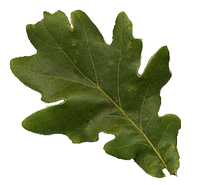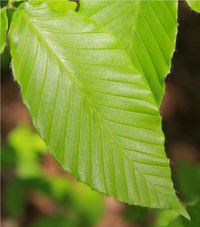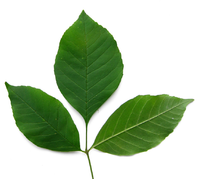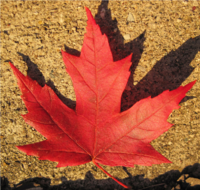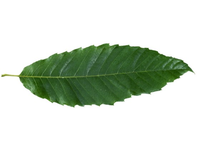Difference between revisions of "Repeat"
| Line 15: | Line 15: | ||
===Examples=== | ===Examples=== | ||
{| class="wikitable" | {| class="wikitable" | ||
| + | |+Investigating the claim: All trees have green leaves. | ||
|- | |- | ||
|'''Oak Leaf''' | |'''Oak Leaf''' | ||
Revision as of 12:59, 20 August 2018
Key Stage 2
Meaning
A repeat is when exactly the same experiment is done again.
About Repeats
- Repeats are an extremely important part of an experiment. If you cannot get the same results a second time, then you can't be sure your experiment gave real results.
- A repeat experiment should be done in exactly the same way as the first experiment.
- We do repeats for two reasons:
- 1. To check for mistakes in our results called 'anomalies'.
- 2. To calculate an average when we are taking measurements.
Examples
| Oak Leaf | Beech Leaf | Ash Leaf |
| Maple Leaf | Chestnut Leaf | Variables |
|
The maple leaf is the only red leaf. What if the leaf you picked was the only one of its kind? You cannot tell if you only do the experiment once. You should get at least 3 leaves from each type of tree to check the red leaf is not an anomaly. |
